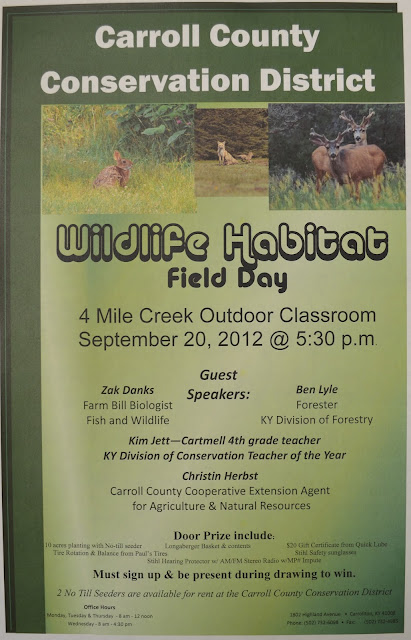Weekly Newspaper Article for The News-Democrat, Carrollton, KY
The harvest season will reach Carroll County before we know it, and there are some key safety considerations to keep in mind as we are working out in the fields.
Use respiratory protection to safeguard your lungs against dusts as you harvest crops, clean out grain bins, open silos, strip tobacco, and participate in other seasonal farming activities.
A disposable toxic dust respirator will
filter out fine dust particles that can deeply penetrate the lungs. It is needed for protection from potentially
harmful dusts like grain dust and mold from grain, hay or silage. Agricultural workers should use a toxic dust
respirator anytime they will be exposed to dusty operations or activities.
Using an approved toxic dust respirator
can prevent the respiratory symptoms commonly associated with working in
confinement facilities as well as the onset of the flu-like illness that occurs
four to six hours after exposure to big amounts of moldy materials.
 |
| N95 Respirator (University of Kentucky Cooperative Extension Service) |
|
|
An N95 is the most common respirator for
agricultural uses. The N indicates that
it is intended for oil-free dust and that the filter is 95 percent efficient in
removing irrespirable or fine dust that can penetrate deep into the lungs. An N100 type that is 99.9 percent efficient
also is available.













